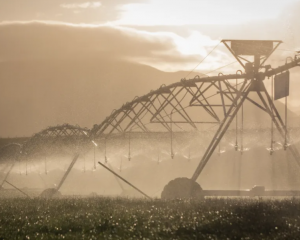
The information they provide will be collated by BVD Free New Zealand veterinarian and project leader Dr Carolyn Gates, of Massey University, and her team, for a business case to develop the best strategy for a national eradication or long term management programme.
However, Dr Gates said only about 100 responses had been received so far, and she would like to have many more.
The survey (available at www.bvdfree.org.nz) closes on May 31.
She said BVD could have big impacts on a herd by increasing empty rates, reducing young stock growth rates, and decreasing milk yields.

''It is hard to identify a cow with BVD based on appearance only so you have to do diagnostic tests.
''A lot of farmers have it [on their farms] and don't know they have it because they haven't looked closely enough,'' she said.
''There have been seven or eight European countries that have successfully eliminated the disease because there are very effective diagnostic tests and vaccinations for BVD.
''At this point, there are no trade restrictions [from our overseas customers], but that might happen in the future as more countries become BVD-free,'' Dr Gates said.
BVD is a serious disease in New Zealand, with about 35% of dairy herds and 55% of beef herds actively infected.
It costs beef and dairy farmers more than $150million per year in direct production losses.
BVD Free was formed in 2017 after receiving funding from the Sustainable Farming Fund.
Massey University, partnered with Ministry for Primary Industries, AGMARDT and industry, provided more than $840,000 for the three-year research programme to look at the costs and risks of different voluntary or mandatory national control or eradication measures.
''We needed a research programme to fill our knowledge gaps, particularly in beef herds,'' she said.
''This year we have been trying to get engagement from as many farmers as possible about how they are managing BVD and their views about national eradication.''
Once the data from the survey has been analysed, they will put together a business case to determine their next steps.
Dr Gates said the project had largely gone unnoticed by farmers because it was launched a couple of days after Mycoplasma bovis was discovered in 2017.
Researchers have been ''collecting field data to better understand how BVD spreads within and between cattle herds as well as its current economic impacts''.
They are also building a virtual simulation model of BVD transmission in New Zealand to explore the potential economic benefits of varying national control programmes.














